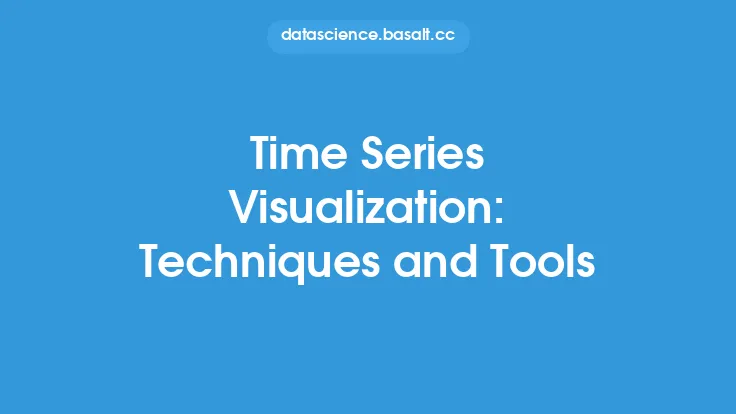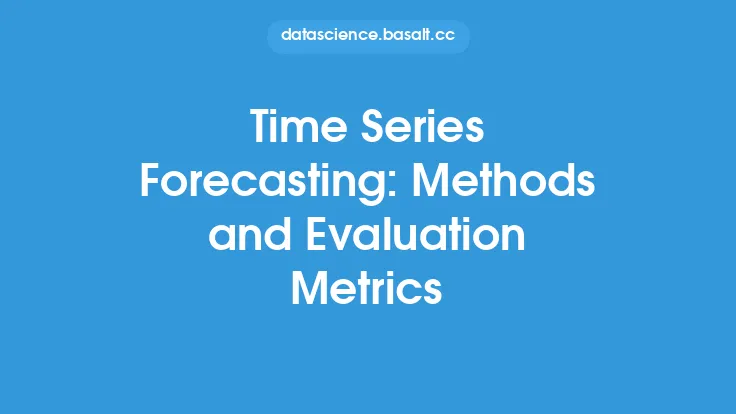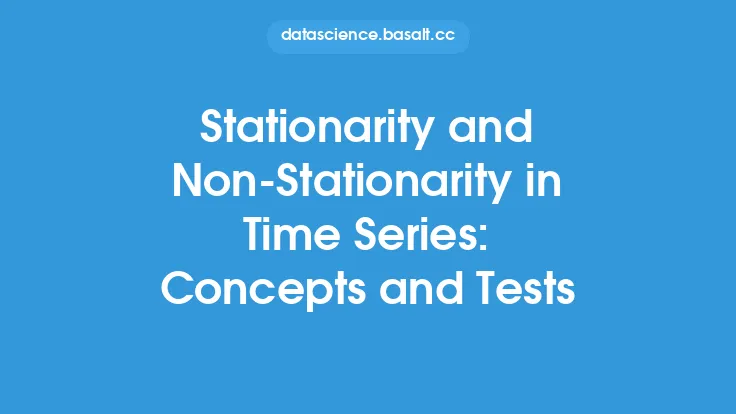Time series decomposition is a crucial step in time series analysis, as it allows us to break down a complex time series into its constituent parts, making it easier to understand and analyze. The three main components of a time series are trend, seasonality, and residuals. In this article, we will delve into the details of each component, exploring their characteristics, types, and methods for decomposition.
Introduction to Time Series Components
A time series can be thought of as a combination of three main components: trend, seasonality, and residuals. The trend component represents the long-term direction or pattern in the data, the seasonality component represents the periodic fluctuations that occur at fixed intervals, and the residuals component represents the random or irregular fluctuations that are not part of the trend or seasonality. Understanding each component is essential for effective time series analysis and forecasting.
Trend Component
The trend component represents the long-term direction or pattern in the data. It can be thought of as the overall direction in which the data is moving, and it can be increasing, decreasing, or stable. The trend component can be further divided into two sub-components: deterministic trend and stochastic trend. A deterministic trend is a trend that can be predicted with certainty, whereas a stochastic trend is a trend that is subject to random fluctuations. There are several methods for estimating the trend component, including linear regression, exponential smoothing, and moving averages.
Seasonality Component
The seasonality component represents the periodic fluctuations that occur at fixed intervals. Seasonality can be caused by various factors, such as weather patterns, holidays, or economic cycles. The seasonality component can be further divided into two sub-components: additive seasonality and multiplicative seasonality. Additive seasonality occurs when the seasonal fluctuations are constant over time, whereas multiplicative seasonality occurs when the seasonal fluctuations are proportional to the overall level of the data. There are several methods for estimating the seasonality component, including seasonal decomposition, spectral analysis, and regression analysis with seasonal dummy variables.
Residuals Component
The residuals component represents the random or irregular fluctuations that are not part of the trend or seasonality. The residuals component can be thought of as the "noise" or "error" in the data, and it can be caused by various factors, such as measurement errors, sampling errors, or external shocks. The residuals component is typically modeled using probability distributions, such as the normal distribution or the t-distribution. There are several methods for analyzing the residuals component, including residual plots, autocorrelation analysis, and hypothesis testing.
Methods for Time Series Decomposition
There are several methods for decomposing a time series into its constituent parts, including:
- Classical Decomposition: This method involves estimating the trend component using a moving average or a linear regression, and then estimating the seasonality component using a seasonal decomposition or a spectral analysis.
- STL Decomposition: This method involves estimating the trend component using a locally weighted regression, and then estimating the seasonality component using a seasonal decomposition.
- Wavelet Decomposition: This method involves estimating the trend component using a wavelet transform, and then estimating the seasonality component using a spectral analysis.
- Machine Learning Methods: This method involves using machine learning algorithms, such as neural networks or decision trees, to estimate the trend, seasonality, and residuals components.
Applications of Time Series Decomposition
Time series decomposition has numerous applications in various fields, including:
- Forecasting: Time series decomposition can be used to improve forecasting accuracy by identifying the underlying patterns and trends in the data.
- Anomaly Detection: Time series decomposition can be used to detect anomalies or outliers in the data by identifying the residuals component.
- Risk Analysis: Time series decomposition can be used to analyze risk by identifying the trend and seasonality components, which can help to predict potential risks or opportunities.
- Economic Analysis: Time series decomposition can be used to analyze economic data, such as GDP or inflation rates, by identifying the trend and seasonality components.
Conclusion
Time series decomposition is a powerful tool for analyzing and understanding complex time series data. By breaking down a time series into its constituent parts, we can gain insights into the underlying patterns and trends, and make more accurate forecasts and predictions. The trend, seasonality, and residuals components are the three main components of a time series, and understanding each component is essential for effective time series analysis and forecasting. There are several methods for time series decomposition, including classical decomposition, STL decomposition, wavelet decomposition, and machine learning methods. Time series decomposition has numerous applications in various fields, including forecasting, anomaly detection, risk analysis, and economic analysis.





